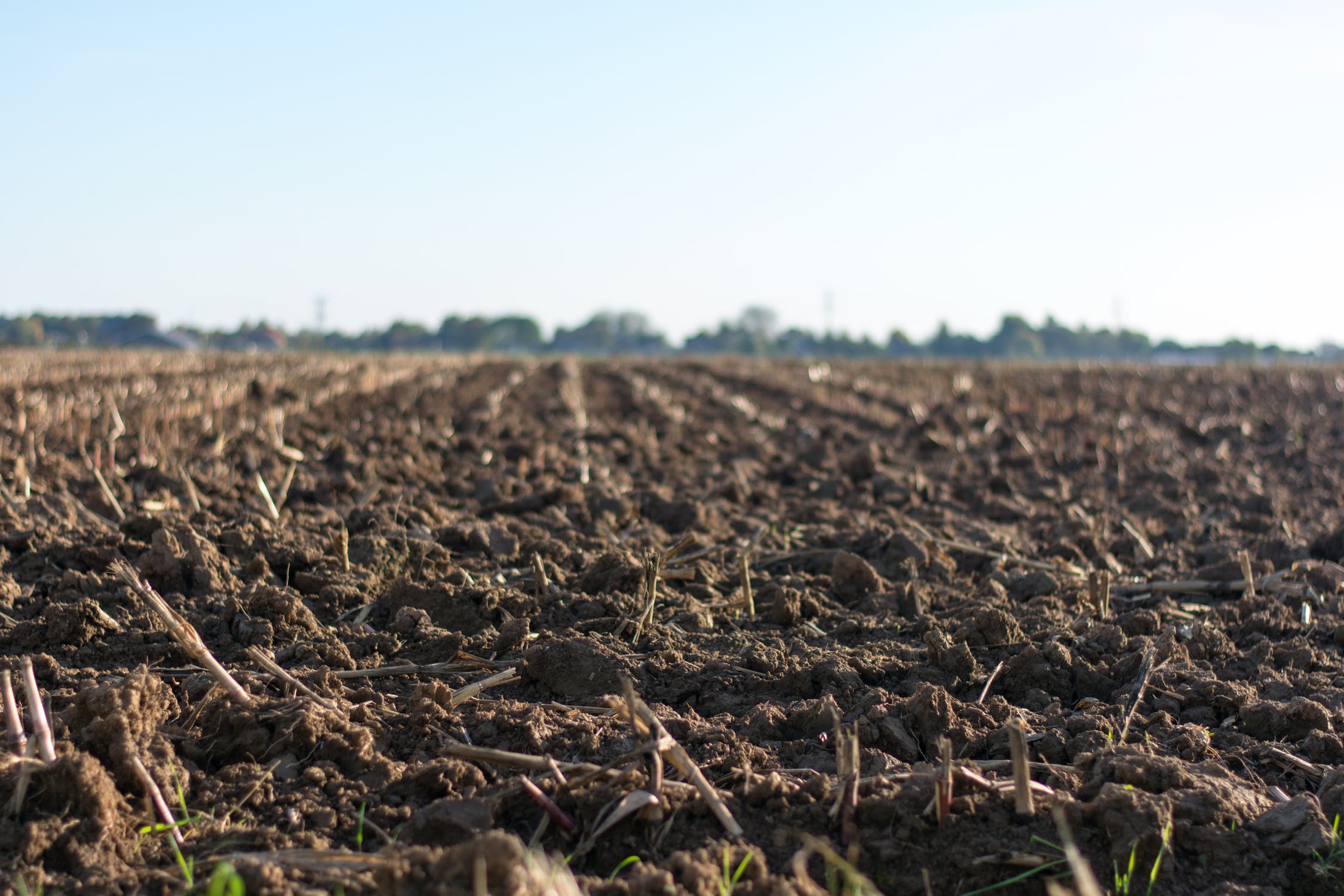 According to the EPA, vapor intrusion occurs when "vapor-forming chemicals migrate from a subsurface source into an overlying building."
According to the EPA, vapor intrusion occurs when "vapor-forming chemicals migrate from a subsurface source into an overlying building."
While the concept of vapor intrusion wasn't fully understood until the 1980s, many regulations are in place today to ensure harmful vapors don't adversely affect the ability to occupy a structure.
At Shield Engineering, we work with developers and industrial properties before and after their purchase to help identify and mitigate vapor intrusion. Here are three tell-tale signs of invisible vapors in your space and what you can do about them.
Existing Intrusion Risk Factors
Some properties are at heightened risk of vapor intrusion from the beginning. Structures over shallow groundwater, for example, are more likely to be infiltrated by dangerous vapors pushed through the foundation by the undulating pressures of moving water. It's important that any vapor intrusion testing takes into account the EPA's suggested screening approach, which employs an "attenuation factor" that compares the ratio of pollutants in the soil above the groundwater table to those in the indoor air. Data-backed regression models are also helpful in estimating a property's potential vapor attenuation factor.
Site-Specific Vapor Forming Chemicals
On many industrial sites, vapor-forming contaminants are already present in large amounts. There are dozens of chemicals in existence whose vapors can pose long-term health effects, including VOCs and SVOCs. If these chemicals are present onsite, whether contained in an underground storage tank, stored in a warehouse, or used as paint on commercial surfaces, the risk for vapor intrusion is automatically heightened. Industrial sites must be tested thoroughly not only for obviously harmful chemicals, but for vapor-causing chemicals and chemical compounds whose effects might be invisible to the naked eye.
Presence of Preferential Pathways
The adverse effects of vapor intrusion only increase with the presence of preferential pathways. Preferential pathways such as mineshafts, tunnels, utility conduits, and fractures can allow vapors to travel unusually long distances underground, eventually seeping up through occupied buildings. These pathways should be evaluated on a site-specific basis to determine whether further building testing is necessary.
Vapor intrusion is unwelcomed at most levels and testing can be complex, often utilizing several engineering disciplines simultaneously. Shield Engineering has decades of experience working with commercial and industrial building owners to detect, mitigate, and monitor harmful vapor intrusion at the source.
Do you need assistance determining whether your property is at risk of a vapor issue? Would you like to learn more about vapor intrusion testing and how vapors are mitigated if detected?
Reach out to the Shield Engineering team today to get started.


